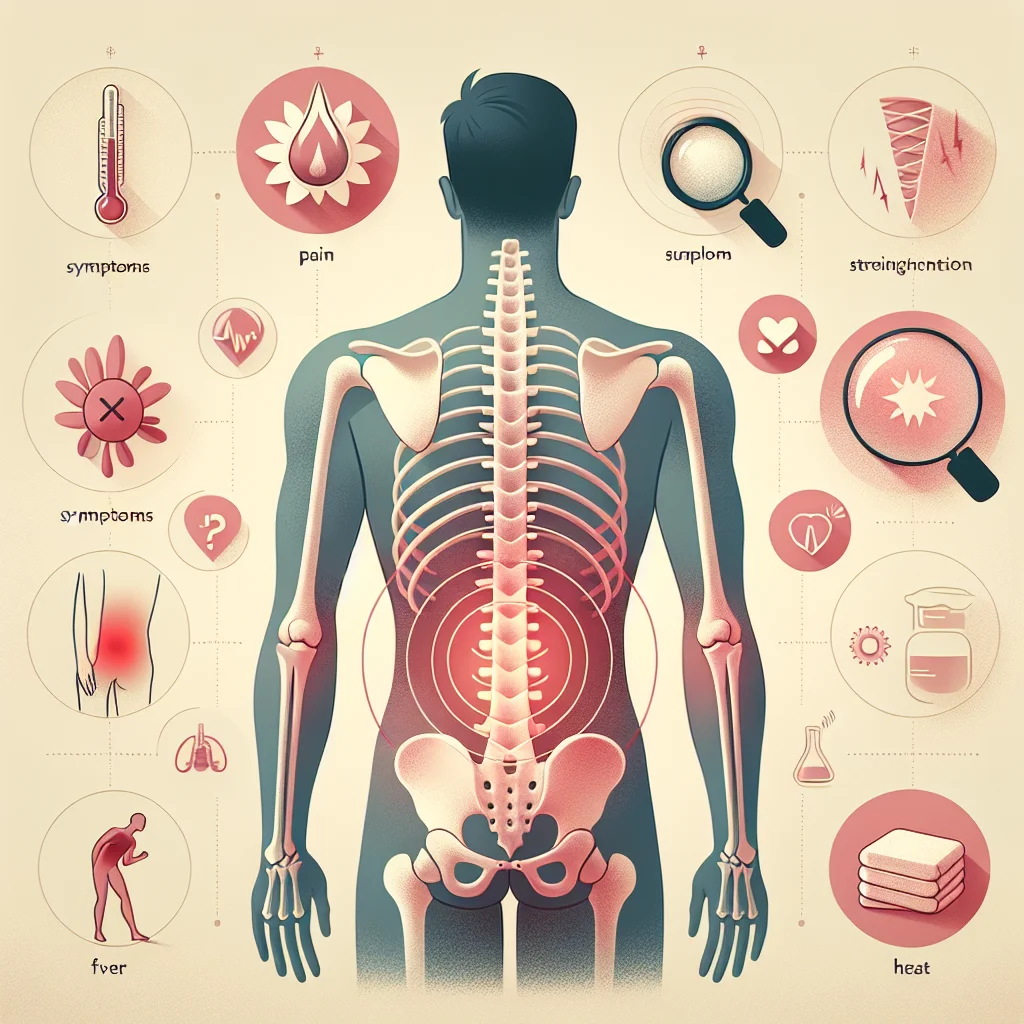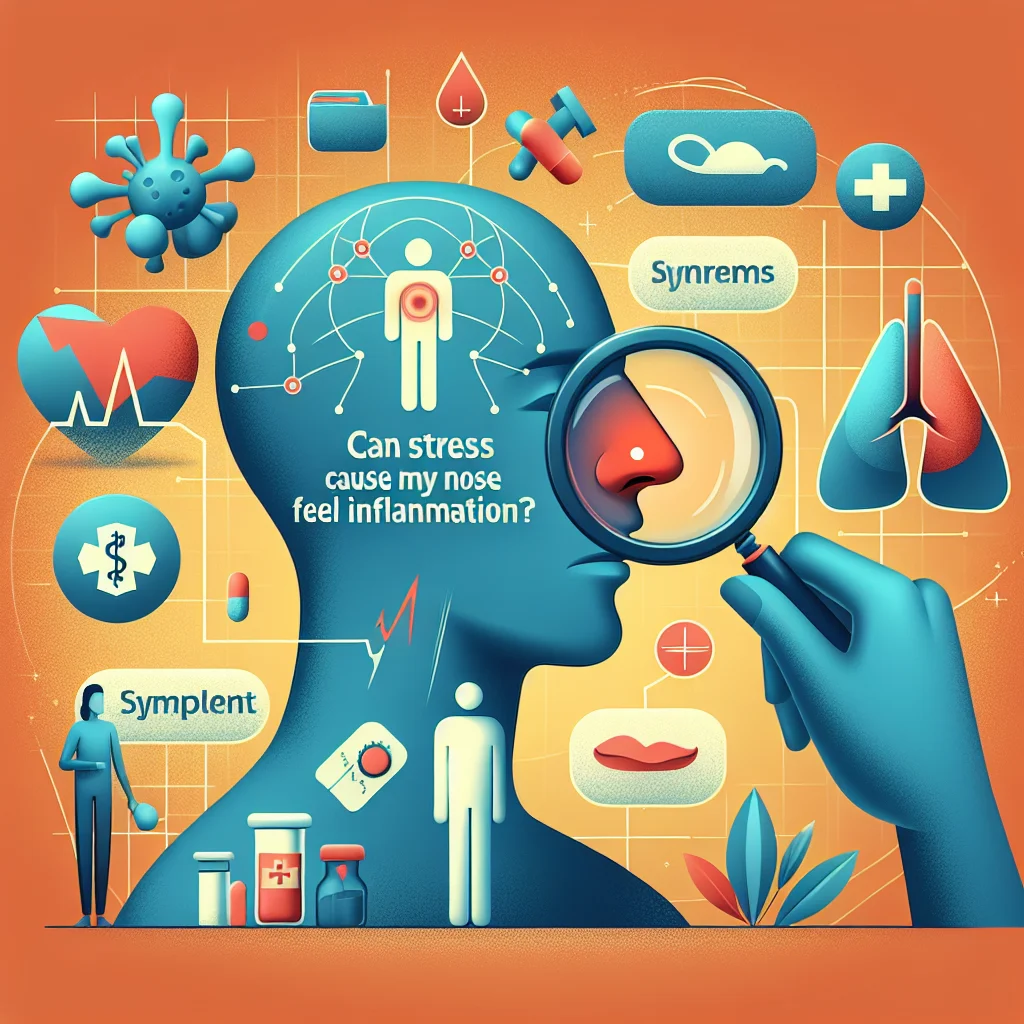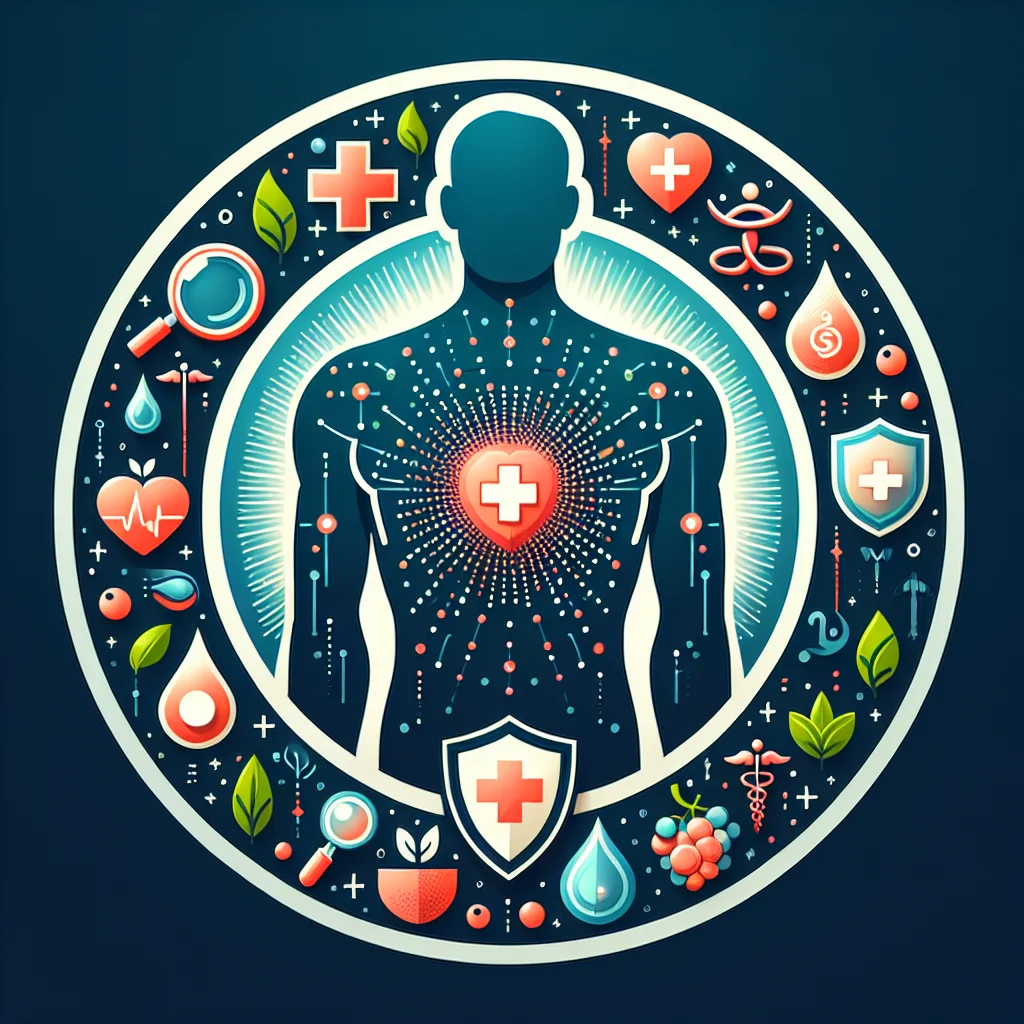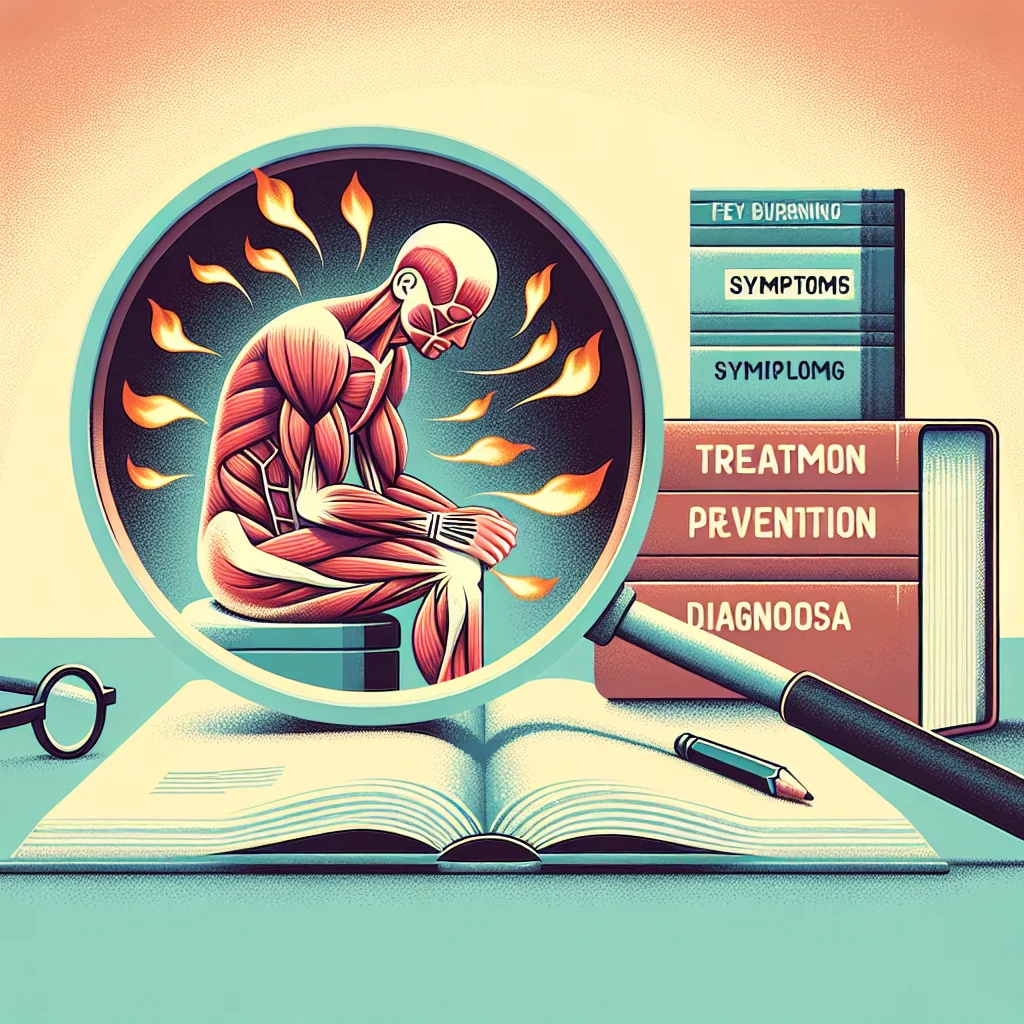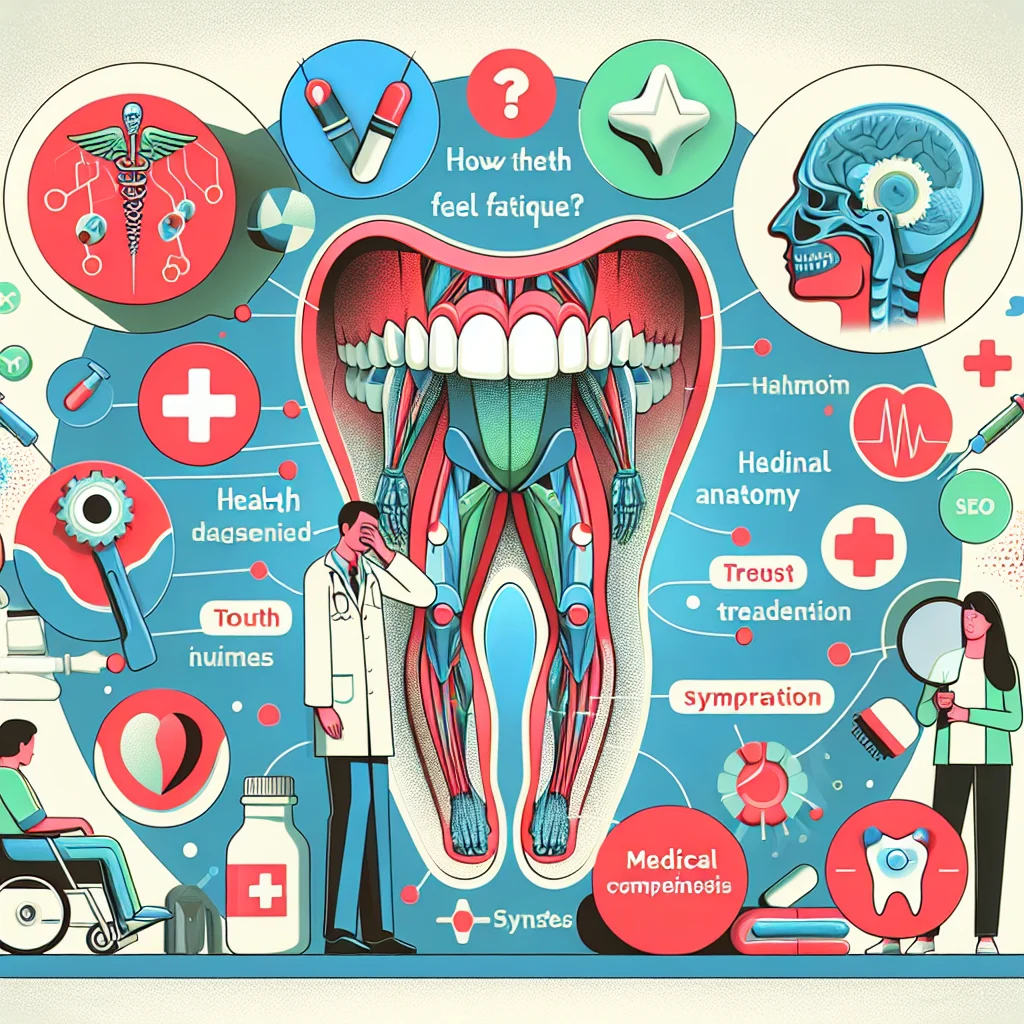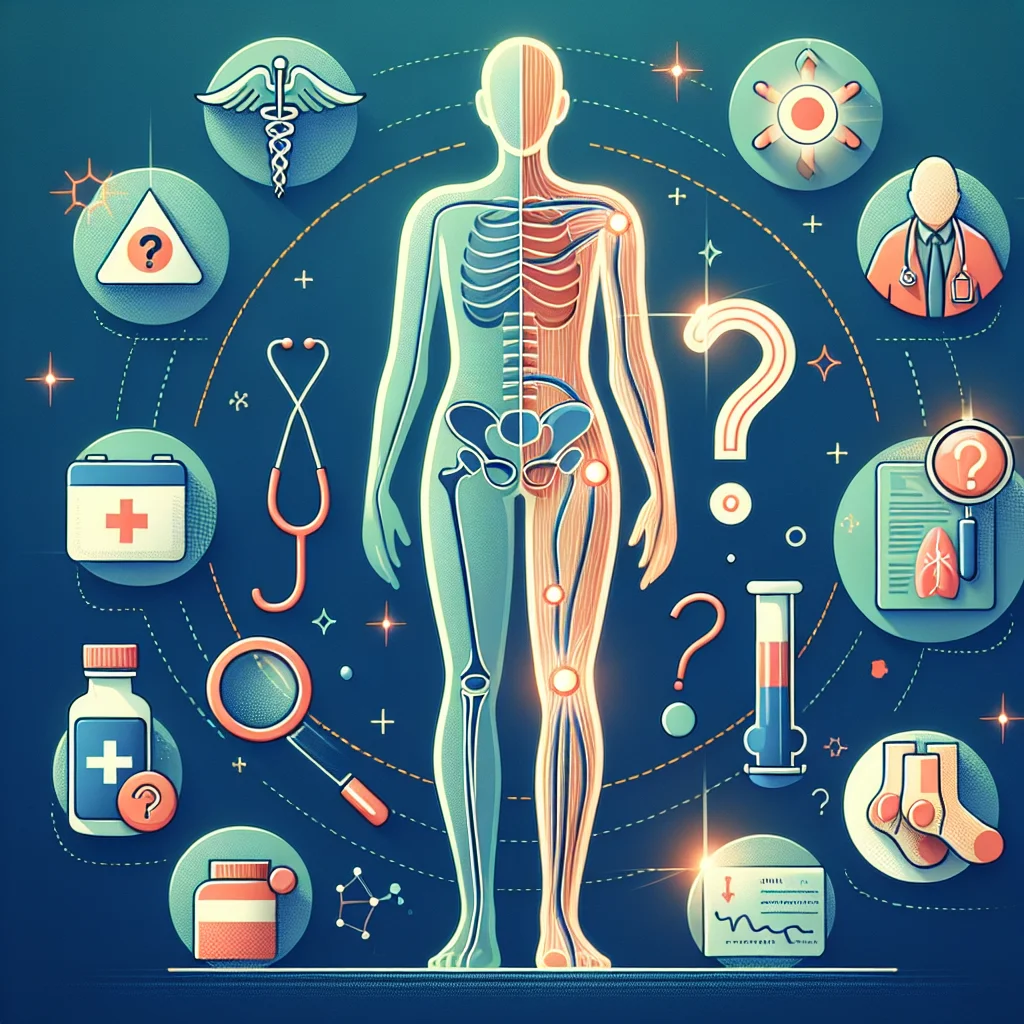
Possible Causes and Medical Insights
Leg tightness can be caused by a wide range of factors, from minor issues like muscle fatigue after exercise to more serious medical conditions such as poor circulation, nerve damage, or blood clots. It’s important to understand that occasional tightness is common, especially after physical activity, but persistent or severe sensations may indicate an underlying health concern. Recognizing the context and duration of your symptoms is the first step in determining if medical attention is needed.
Certain medical conditions, including deep vein thrombosis (DVT), peripheral artery disease, or chronic venous insufficiency, can present as leg tightness. Additionally, metabolic imbalances, dehydration, or even side effects from medication might contribute to this uncomfortable feeling. Seeking medical insight is crucial if your tightness is accompanied by other symptoms such as swelling, redness, or pain, as these can point to more urgent health issues.
Symptoms and Risk Factors
Aside from the sensation of tightness, you may notice other symptoms like aching, cramping, tingling, or numbness in your legs. It’s essential to pay attention to any changes in skin color, temperature, or the presence of swelling, as these signals can help pinpoint the underlying cause. In some cases, symptoms may worsen with activity or at night, offering further clues about your condition.
Risk factors that can contribute to leg tightness include a sedentary lifestyle, obesity, advancing age, and pre-existing conditions such as diabetes or cardiovascular disease. Prolonged standing, dehydration, or recent injury can also increase your risk. Understanding these risk factors allows you to make informed decisions about your health and when to seek medical advice regarding leg tightness.
Diagnosis and When to See a Doctor
Diagnosing the cause of leg tightness often involves a comprehensive evaluation by a healthcare professional, who may conduct a physical examination and order diagnostic tests such as blood tests, ultrasounds, or imaging studies. Early diagnosis is key to preventing complications, especially if your symptoms relate to circulatory or neurological issues. Reporting all your symptoms accurately will help your doctor determine the underlying cause.
You should worry about your legs feeling tightness if the sensation is persistent, severe, or accompanied by symptoms such as swelling, pain, redness, or difficulty walking. Seek immediate medical attention if you notice sudden tightness with shortness of breath or chest pain, as these may indicate a more serious health emergency. Timely intervention and professional medical insight are essential for the best outcomes.
Prevention and Home Remedies
Preventing leg tightness often starts with maintaining a healthy and active lifestyle. Regular stretching, staying hydrated, and incorporating low-impact exercises like walking or swimming can help improve circulation and muscle flexibility. Wearing compression stockings and avoiding prolonged periods of inactivity are also effective strategies to reduce the risk of developing tightness in your legs.
For mild cases of leg tightness, home remedies such as gentle massage, warm baths, or over-the-counter pain relief may provide comfort. Elevate your legs periodically to promote blood flow and reduce swelling. However, if your symptoms persist or worsen, it’s important to consult a healthcare provider to rule out serious conditions and receive tailored treatment recommendations.

